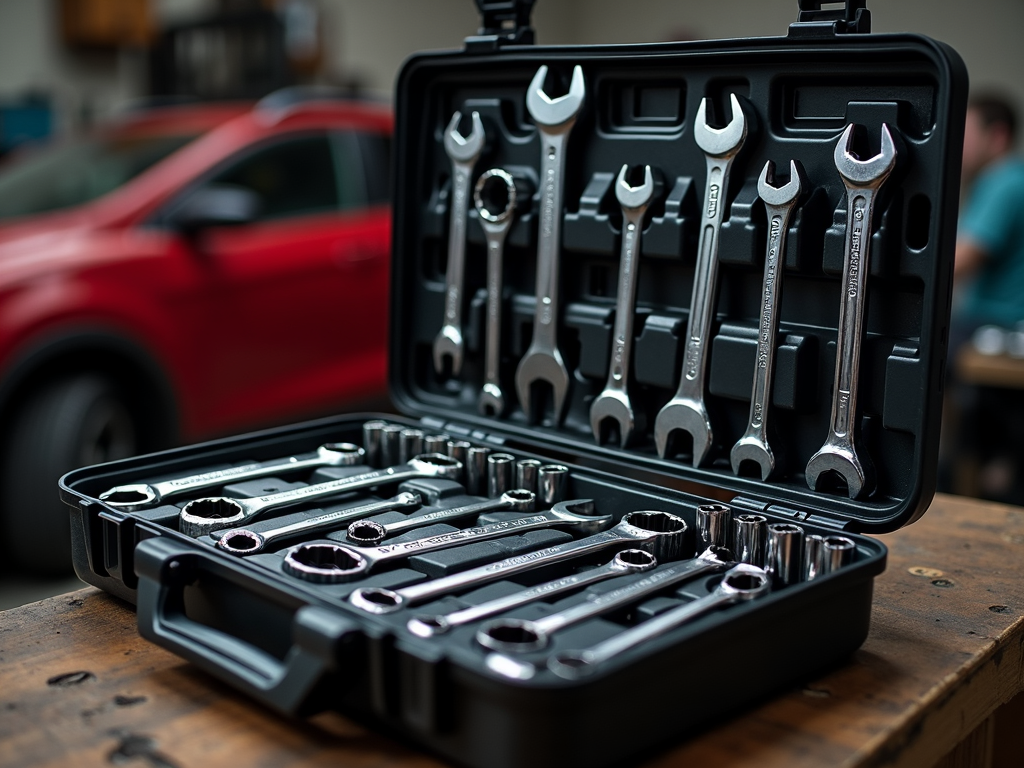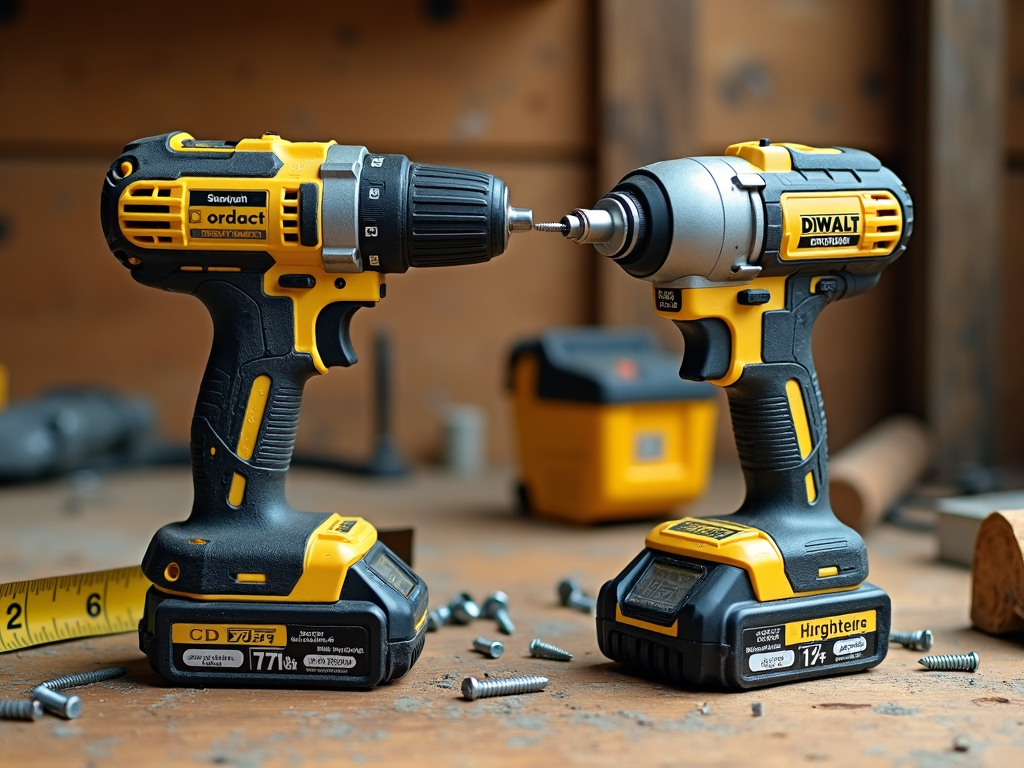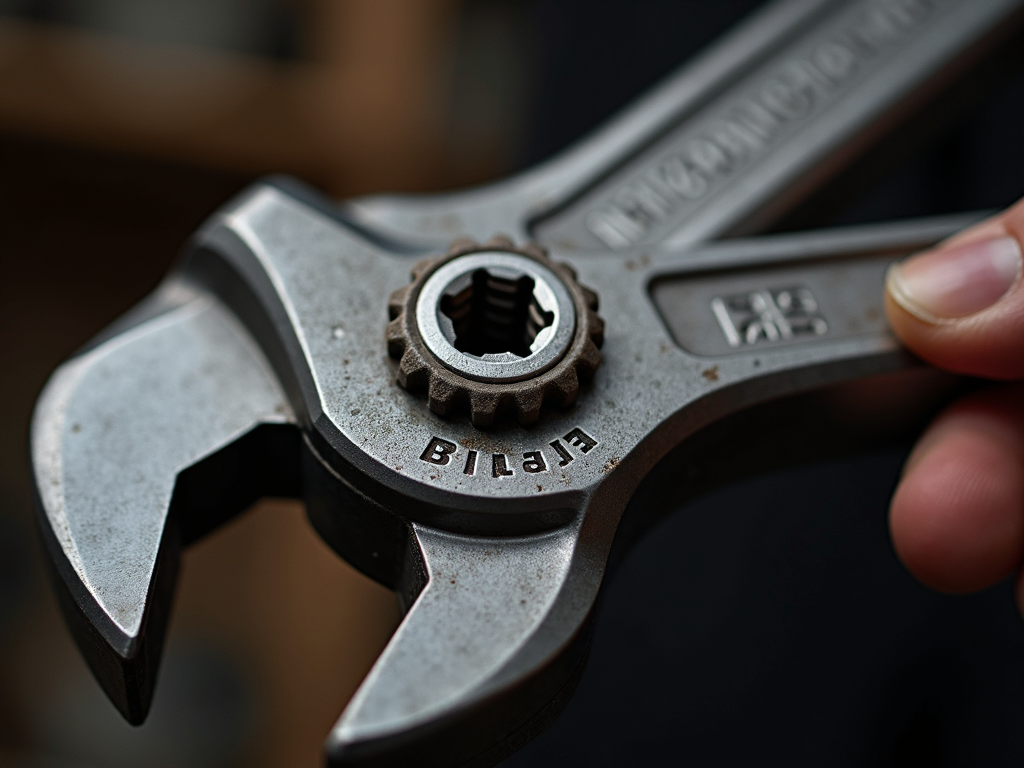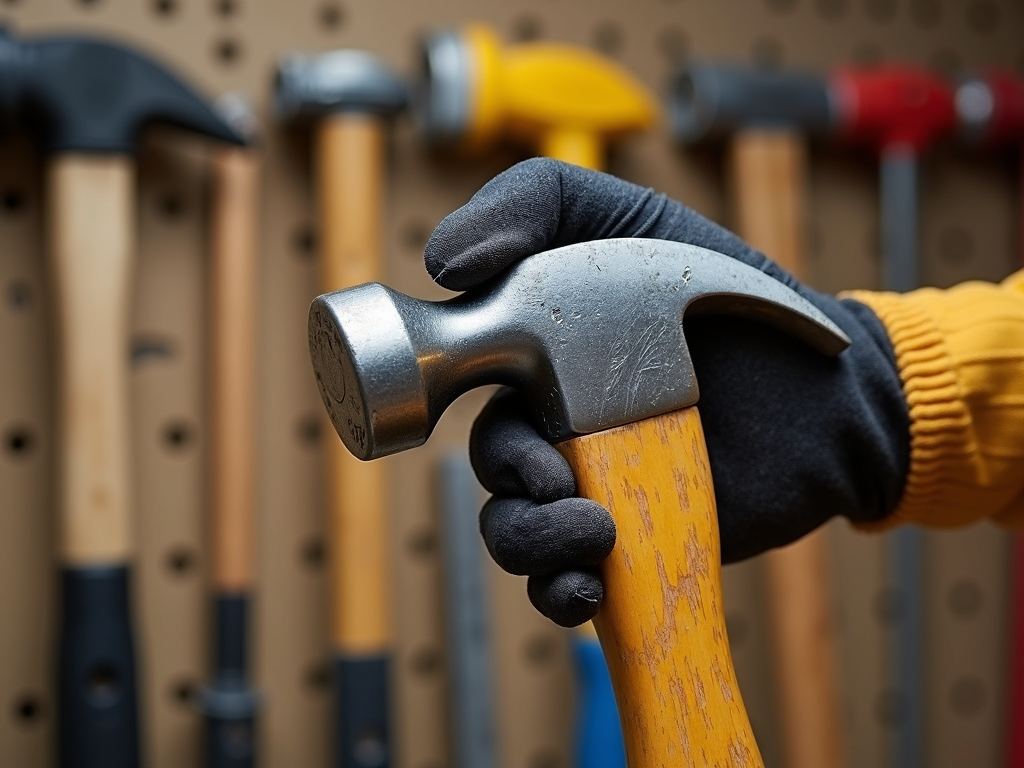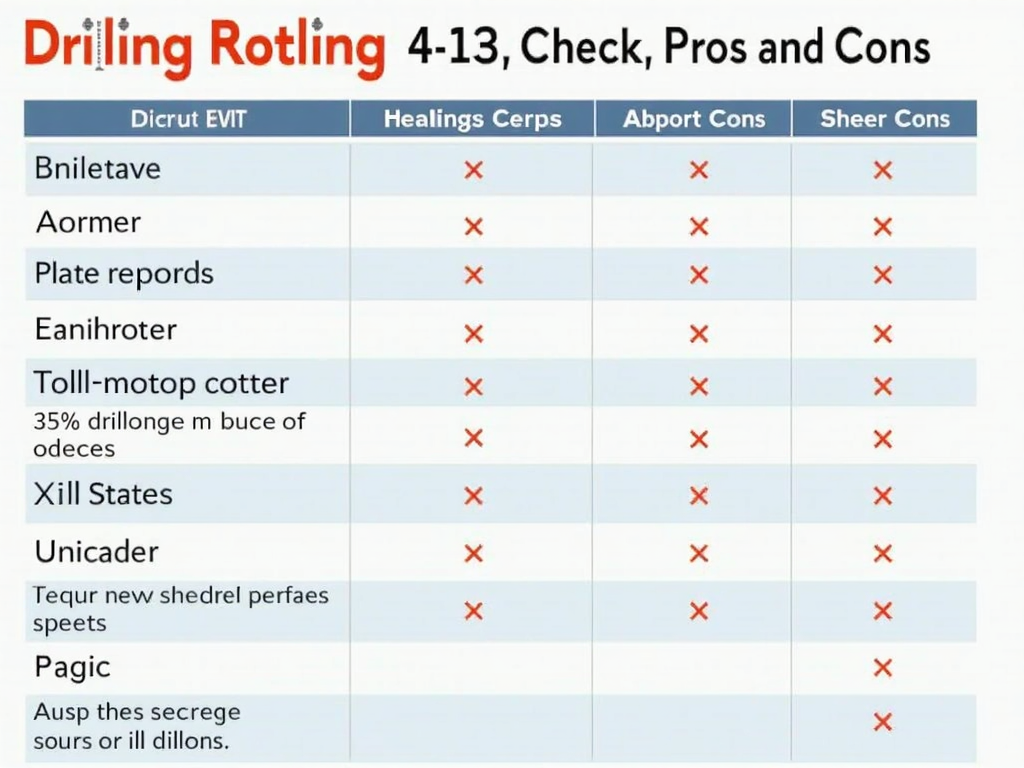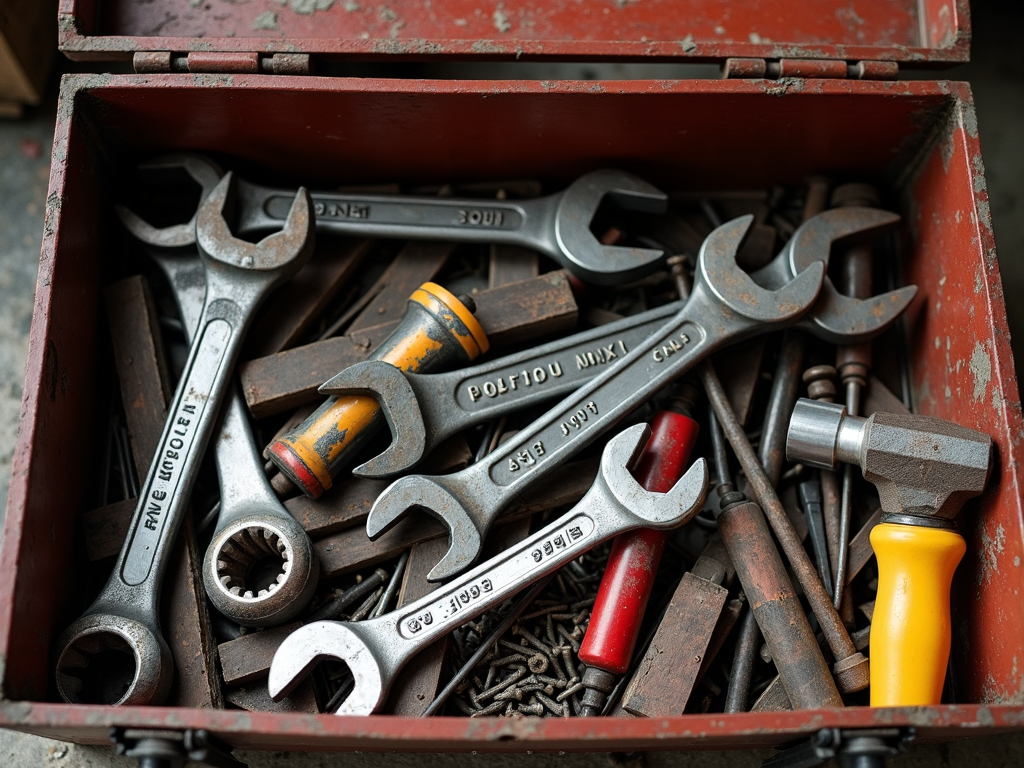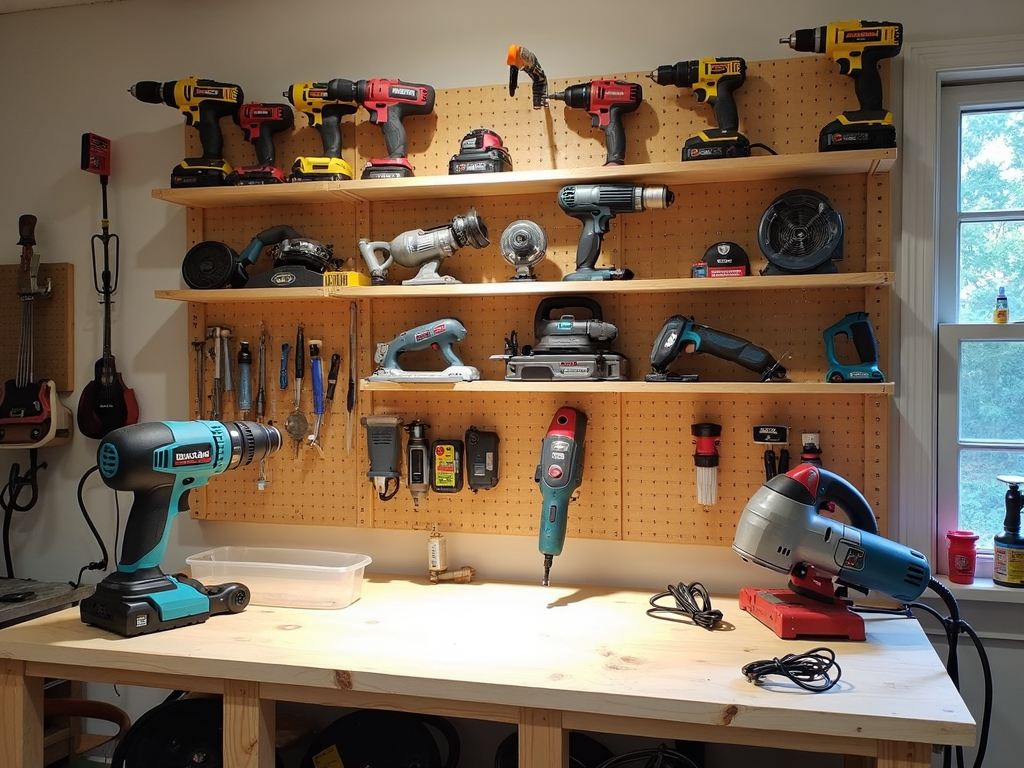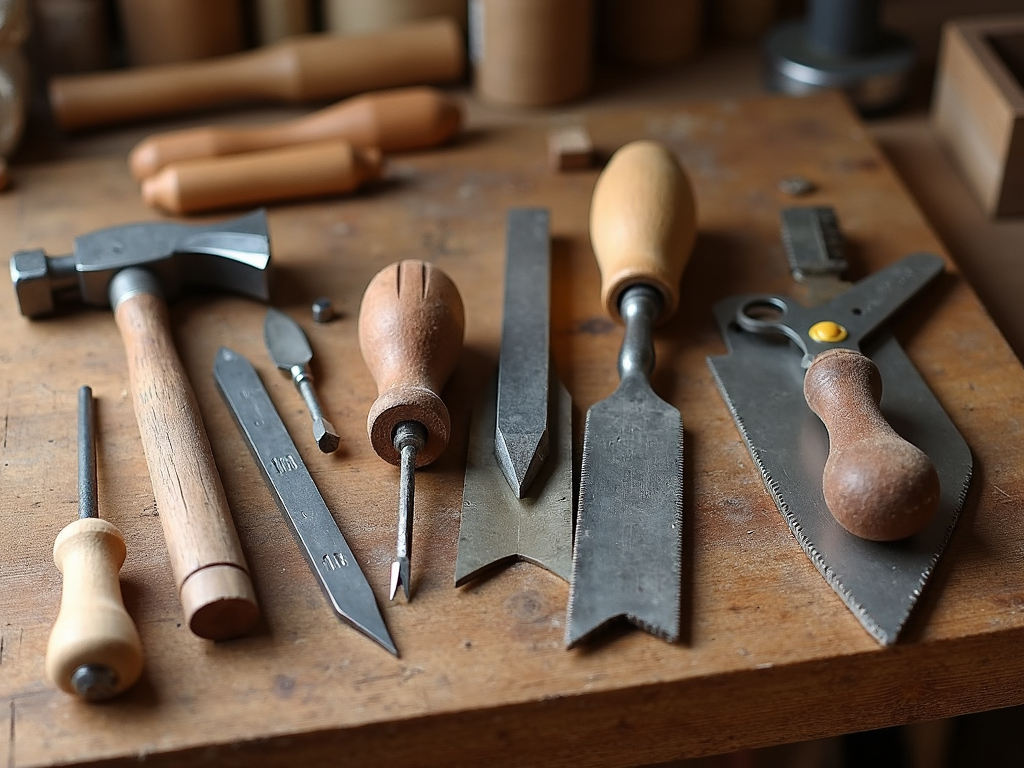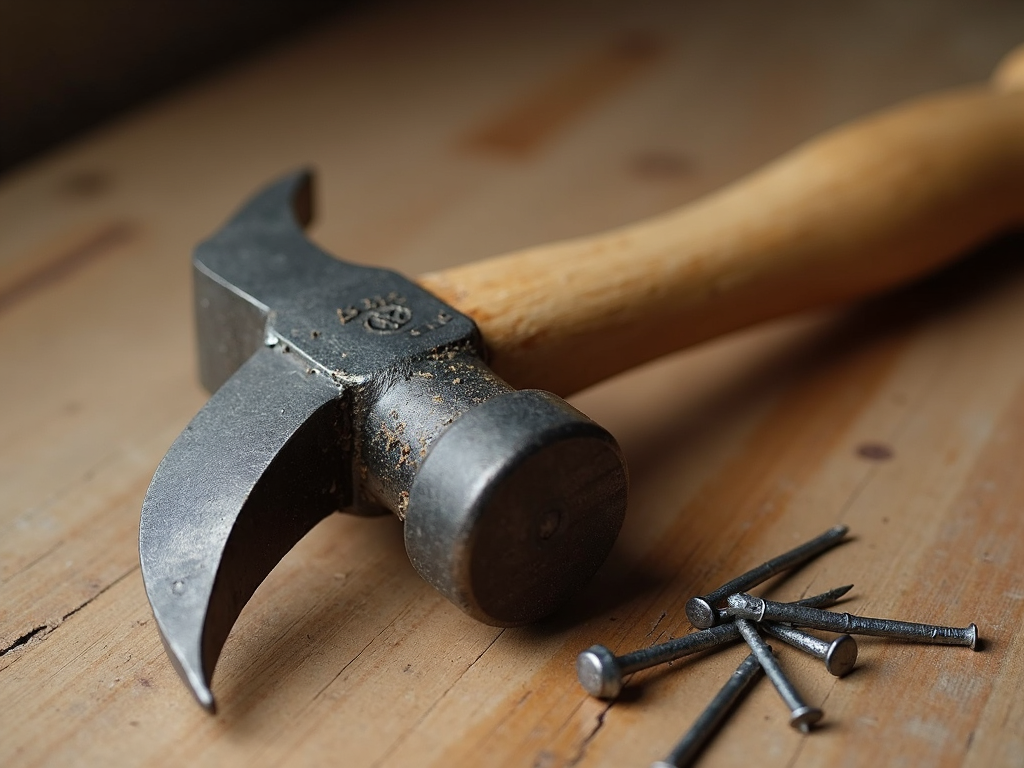Power tools can transform your DIY projects, making them faster and easier. Whether you’re a beginner or just curious, this guide covers everything you need to know about different power tool types, how to care for them, and how to stay safe. Let’s dive in and get you started!
When I first started using power tools, I was overwhelmed by the options. But over time, I learned they’re not as intimidating as they seem. Power tools are machines that run on electricity, batteries, or air pressure. They help you drill, cut, sand, and more with less effort than hand tools. This guide—A Beginner’s Guide to Different Power Tool Types—will walk you through the basics so you can pick the right tool for your next project.
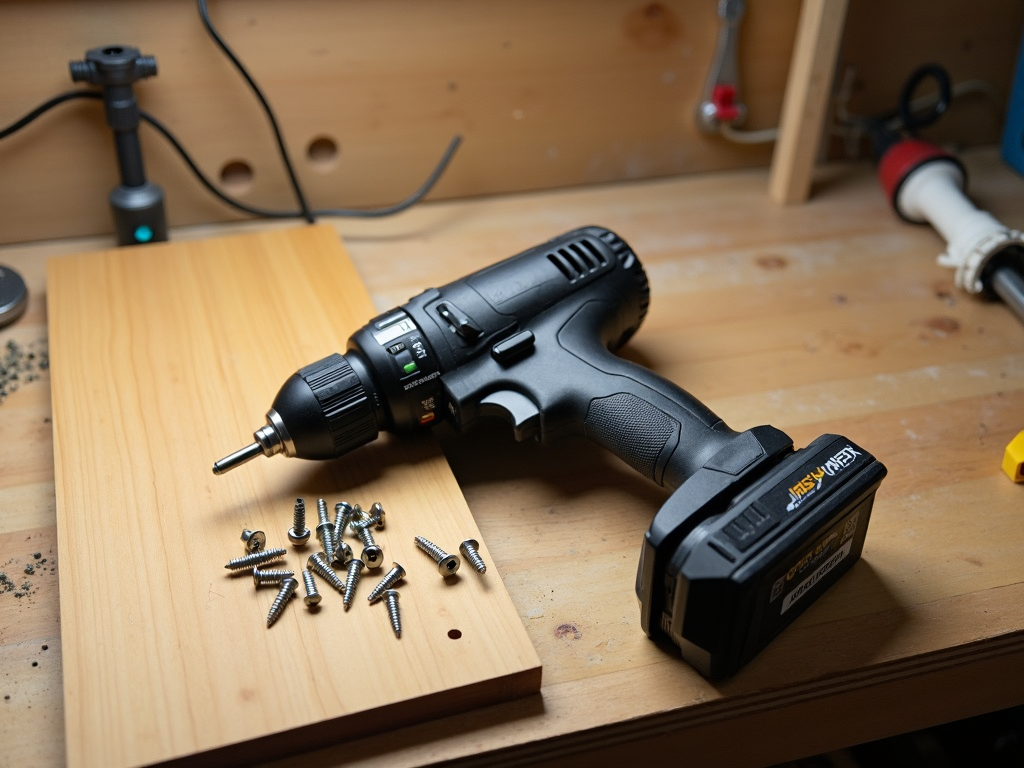
Why Power Tools Matter
Power tools save time and energy. For example, drilling a hole by hand takes forever, but a power drill does it in seconds. They’re also precise, which is great for neat work. I once built a bookshelf with just hand tools—it took days and my arms were sore! Switching to power tools cut the time in half and made it fun.
Here’s what power tools bring to the table: - Speed: Finish tasks quickly. - Ease: Less muscle strain. - Accuracy: Clean, straight cuts or holes. - Options: One tool can do many jobs with the right bits or blades.
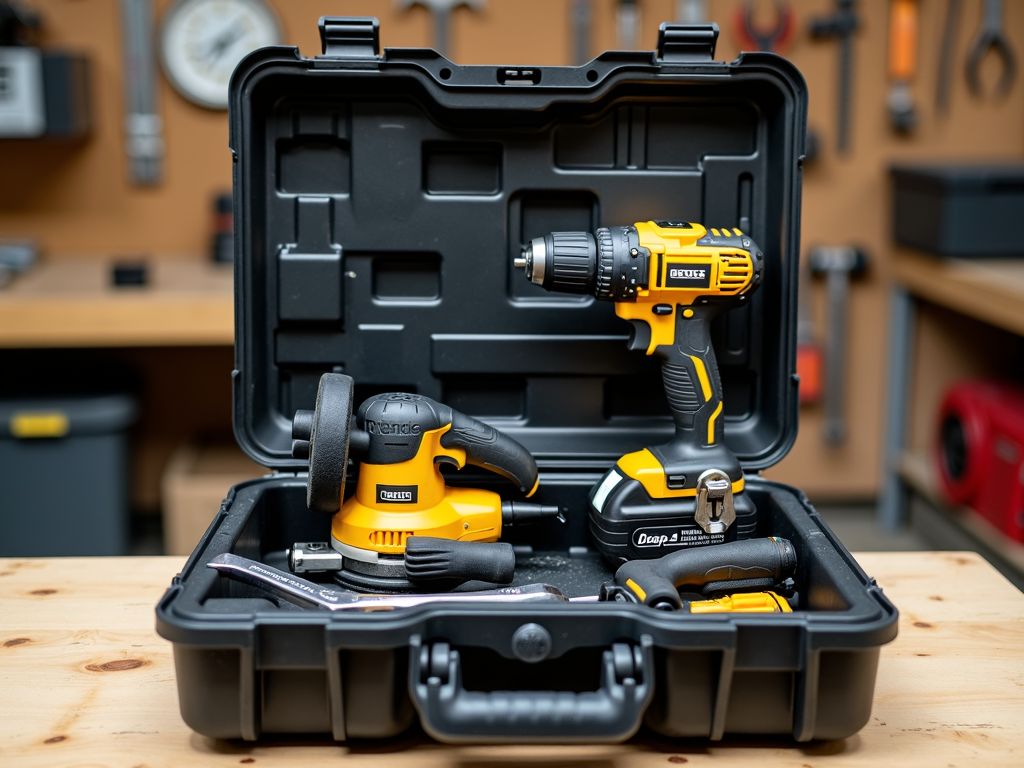
Exploring Different Power Tool Types
Let’s break down the main types of power tools you’ll encounter. Each has a job it’s best at, so knowing them helps you choose wisely.
Drills
Drills make holes or drive screws. They’re a must-have for beginners. I started with a cordless drill—it’s easy to carry around and doesn’t need a plug. There are also hammer drills for tough stuff like concrete and impact drivers for big screws. My first drill project was hanging shelves, and it was a game-changer!
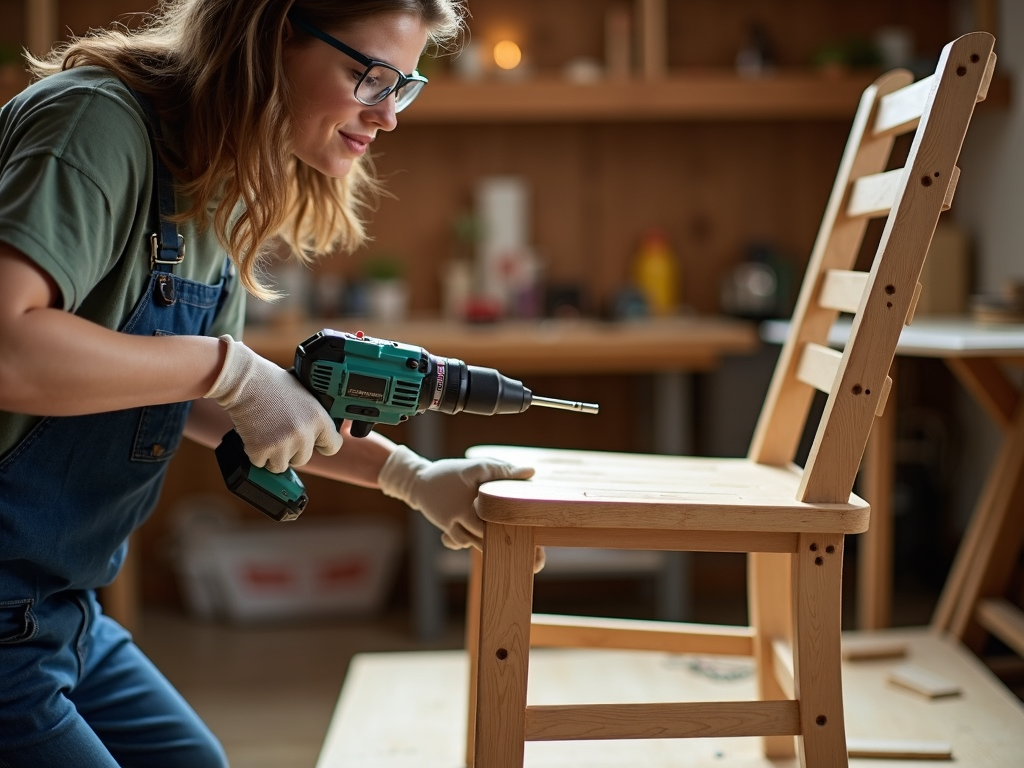
Saws
Saws cut things—wood, metal, whatever you need. Circular saws are awesome for straight lines; I used one to trim boards for a deck. Jigsaws handle curves, like when I made a wooden puzzle for my nephew. Reciprocating saws are beasts for tearing stuff apart—I’ve used one to demo old furniture.
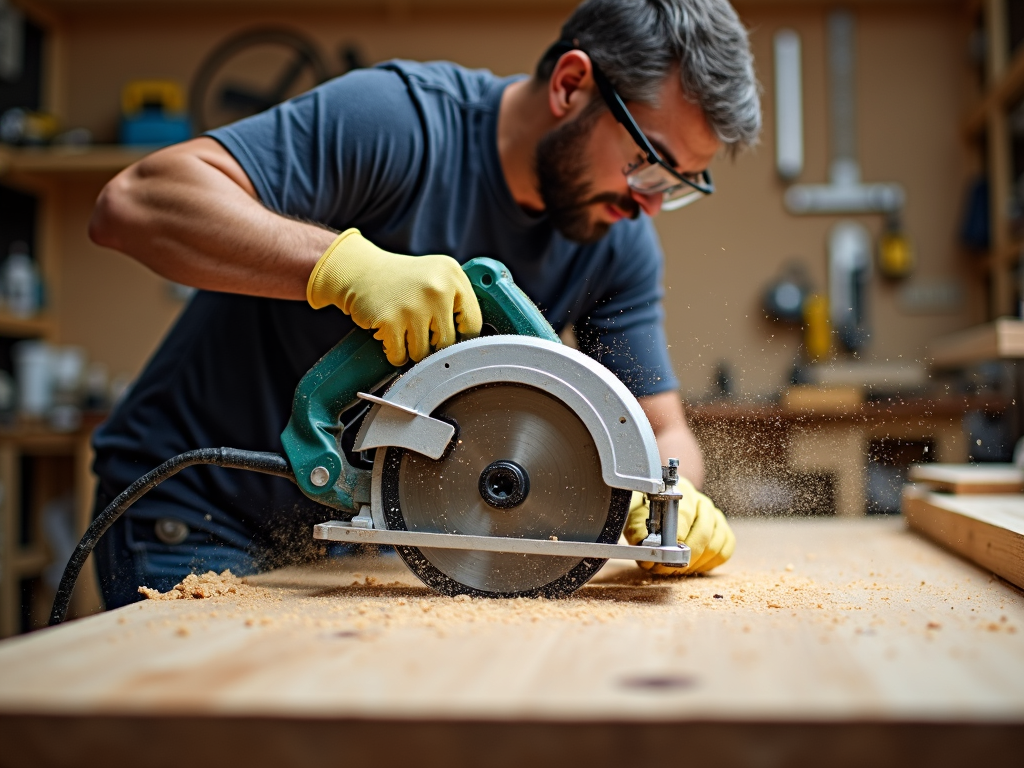
Sanders
Sanders smooth wood or metal. Orbital sanders are gentle and great for finishing—I sanded a table with one, and it looked brand new. Belt sanders are tougher, perfect for rough spots. Detail sanders get into corners, which saved me when I refinished a chair.
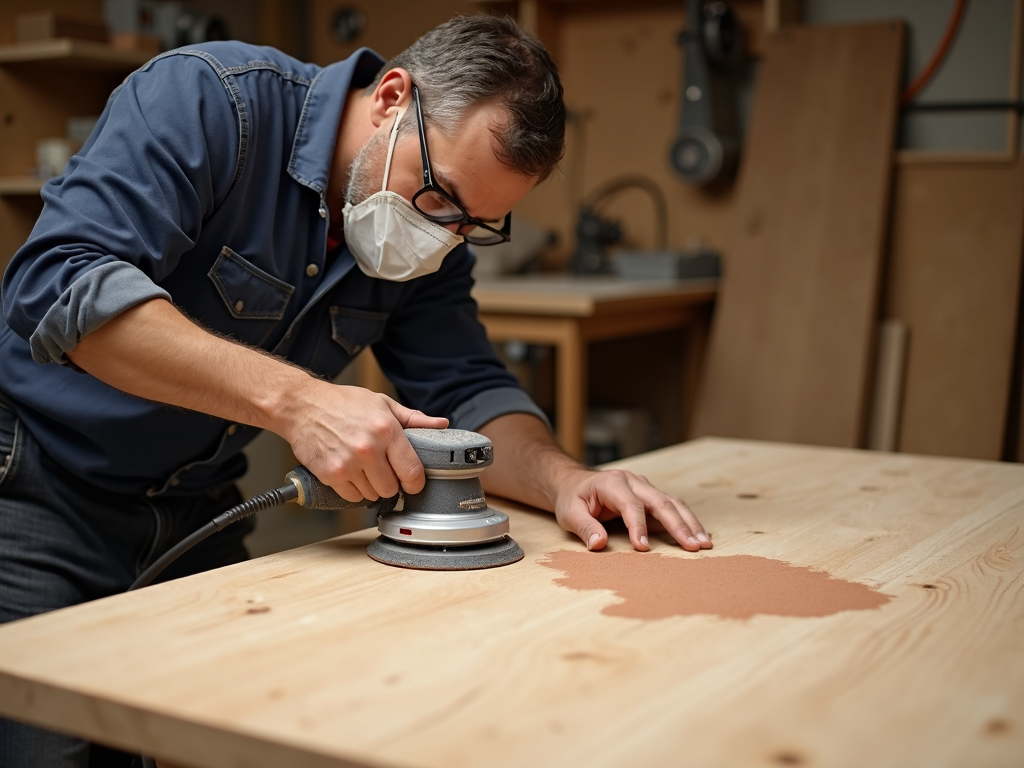
Power Washers
Power washers blast water to clean surfaces. They’re not just tools—they’re magic for dirty decks or cars! Electric ones are quiet and simple, while gas ones pack more punch. I cleaned my driveway with a power washer once, and it went from grimy to spotless in an hour.
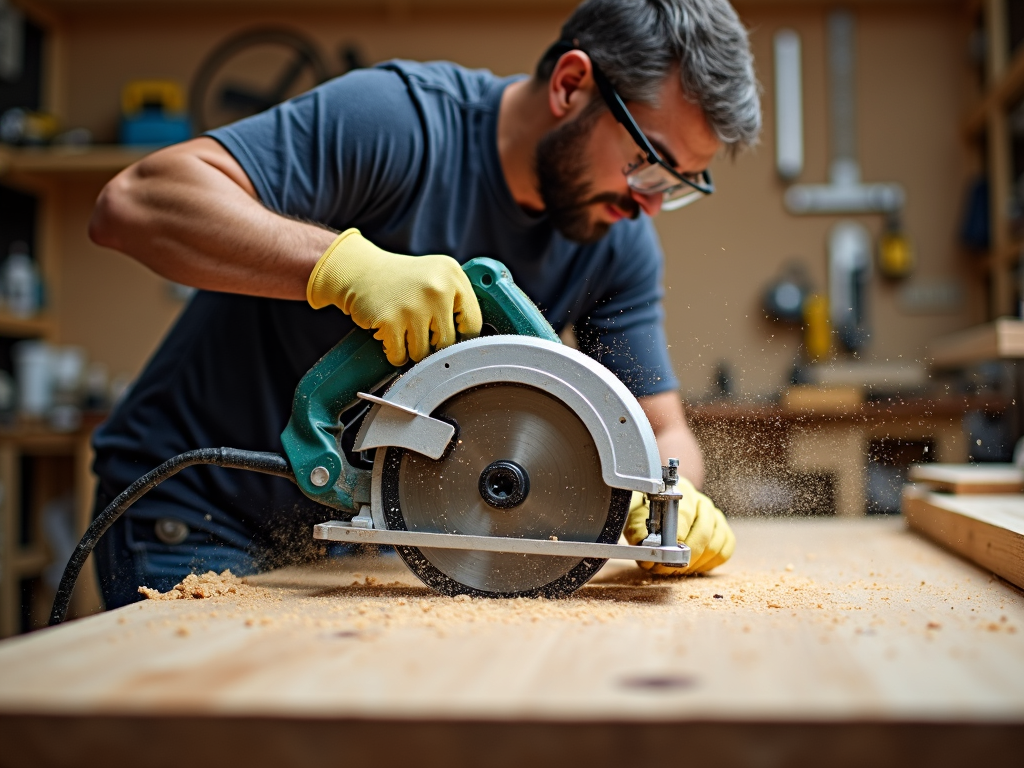
Understanding Power Tool Maintenance Basics
Taking care of your power tools keeps them running well and safe. I learned this the hard way—my first drill stopped working because I didn’t clean it. Regular upkeep makes a huge difference.
Basic Maintenance Tips: - Clean Them: Wipe off dust and gunk after every use. - Check Them: Look for loose screws or worn parts. - Oil Them: A little lubricant keeps things smooth. - Store Them: Keep them dry and in a case.
For more details, check out this maintenance guide.
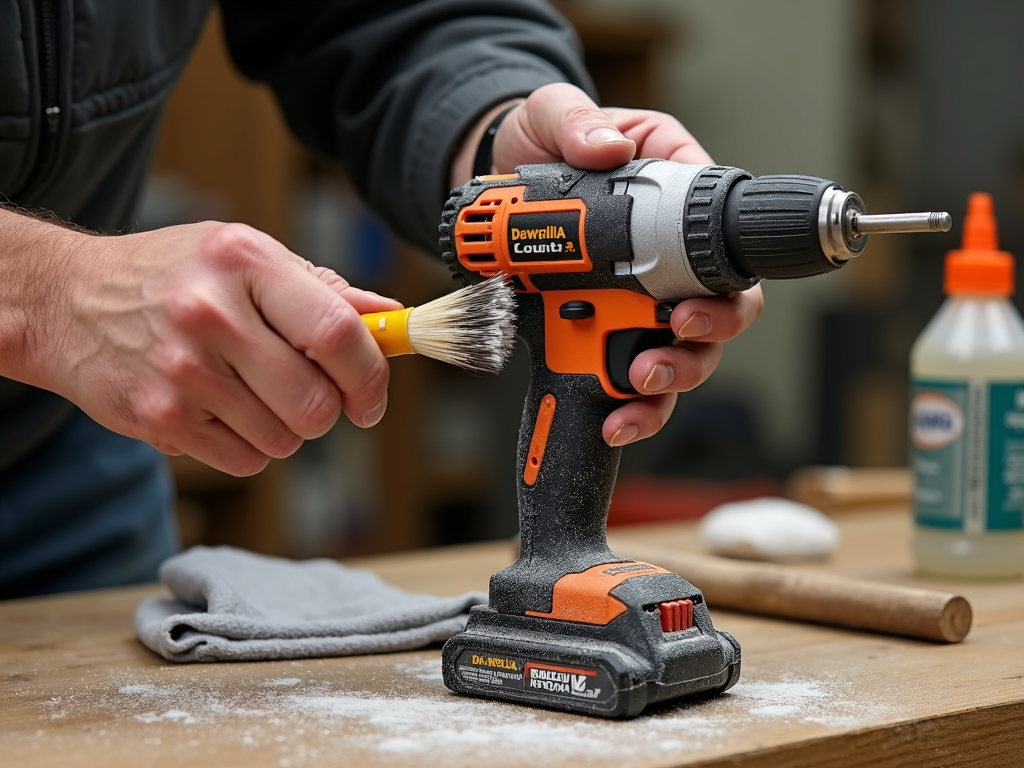
Power Washer Maintenance Tips: Power washers need extra love because of the water they use. - Inspect Hoses: Look for cracks or leaks. - Clear the Nozzle: A clogged nozzle kills pressure. - Use Good Soap: Stick to what the maker suggests. - Prep for Winter: Drain it to avoid frozen pipes.
I forgot to drain mine once, and the hose cracked—lesson learned!
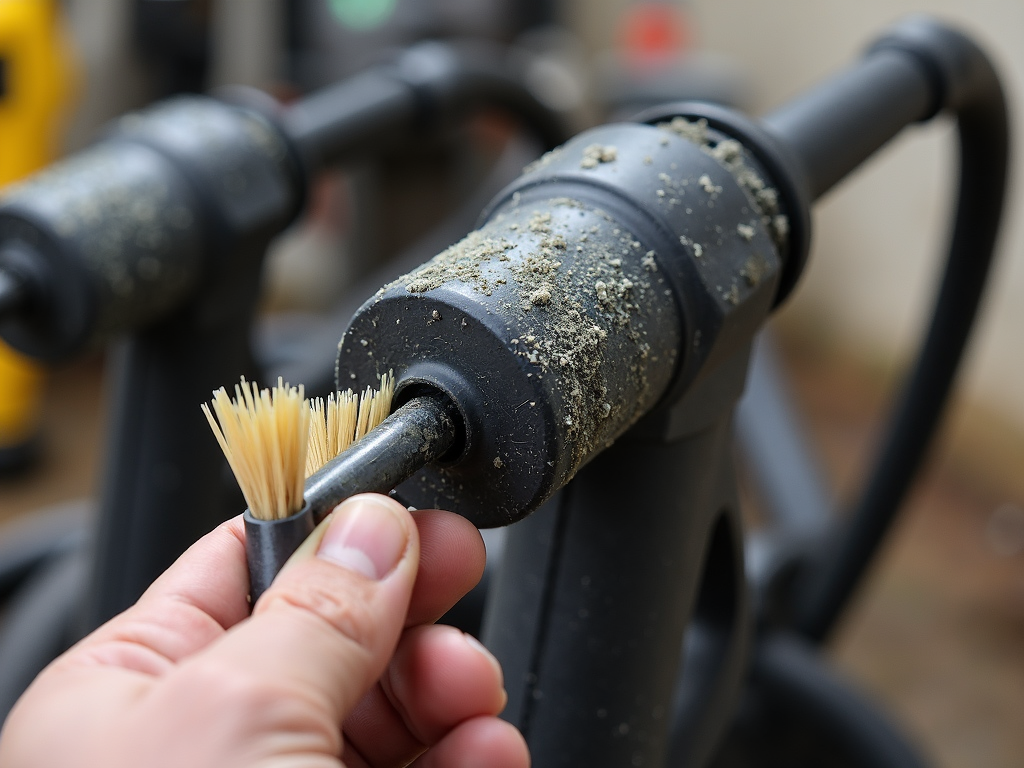
Staying Safe with Power Tools
Safety is everything. I’ve had close calls—like when a saw kicked back because I wasn’t paying attention. Follow these rules to stay safe: - Read Up: Know your tool’s manual. - Gear Up: Glasses, gloves, and ear protection are key. - Tidy Up: A messy space is a hazard. - Use Right: Don’t force a tool to do something it can’t. - Unplug It: No power when you’re not using it.

Wrapping It Up
Power tools open up a world of possibilities for DIY fans. This Beginner’s Guide to Different Power Tool Types has covered the basics—drills, saws, sanders, power washers, maintenance, and safety. Start small, keep your tools in shape, and always put safety first. You’re ready to build something awesome!
Related A Beginner’s Guide to Different Power Tool Types:
- Essential Tools for Every DIY Mechanic: A Comprehensive Guide
- Cordless Drills vs. Impact Drivers: What’s the Difference?
- Ergonomic Workman Tools for Comfort: A Comprehensive Guide
- How to Care for Your Workman Tools: A Comprehensive Guide
- Maintenance Tips for Your Construction Tools: A Comprehensive Guide
- Easy DIY Builds to Start Today: A Beginner's Guide to Fun and Practical Projects
- Mastering Metalworking: The Ultimate Guide to Power Tools
- How to Organize Your Toolbox for Maximum Efficiency
- The Top Power Tools Every Home Workshop Should Have
- Beginner's Guide to Woodworking Tools
- Essential Tools for Every Handyman: A Comprehensive Guide
- The Evolution of Painting Techniques Through History: From Cave Walls to Modern Tools
